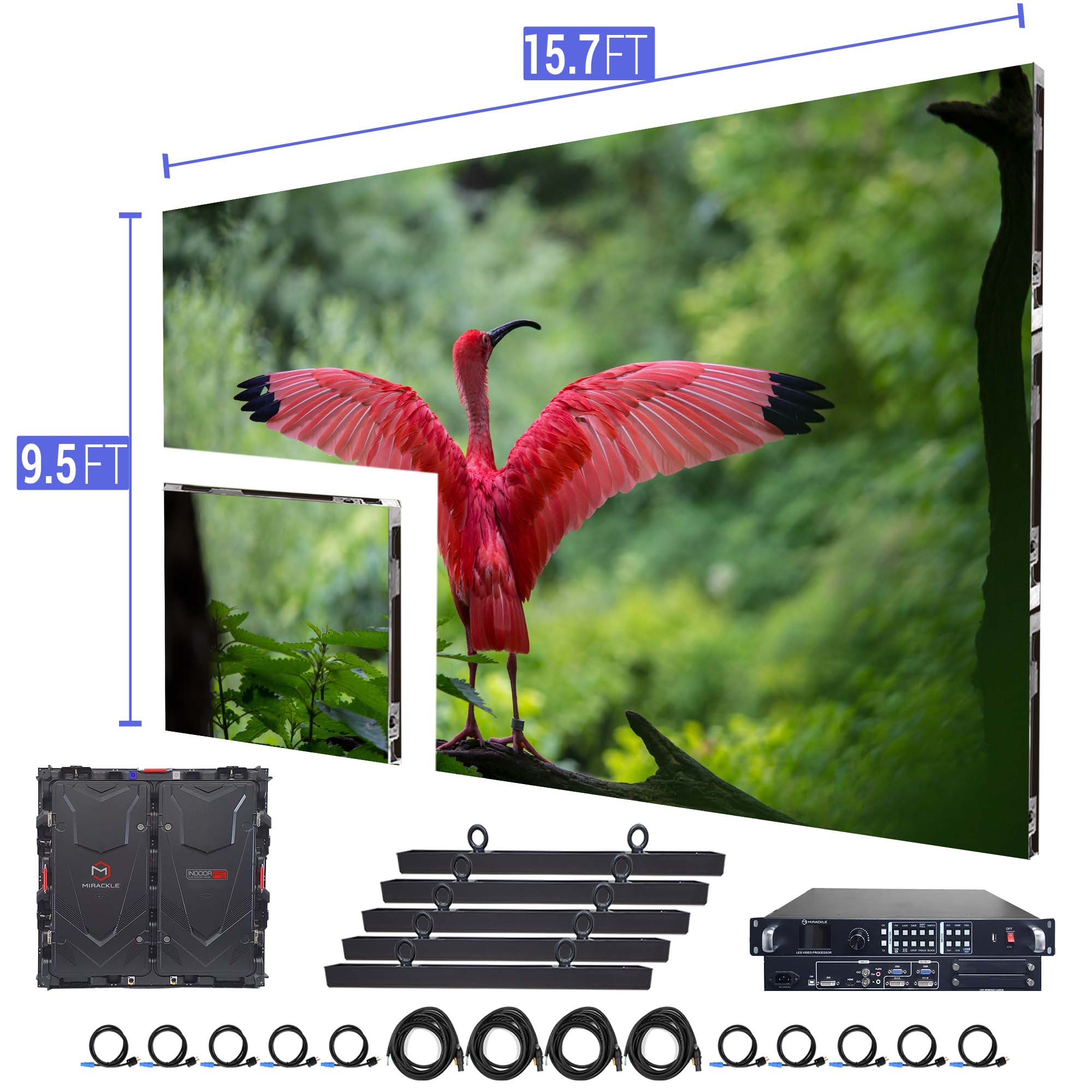A Comprehensive Method to Diagnosing and Addressing Power Source Problems
A Comprehensive Method to Diagnosing and Addressing Power Source Problems
Blog Article
Power supply issues can be a significant challenge for both residences and companies. When electrical devices stop working or behave erratically, the first step is to identify the root of the issue. This requires grasping the basics of electricity and how power sources function. A power supply unit (PSU) transforms electrical power from an outlet into usable power for devices like computers, TVs, and units. If a device is not functioning, it may be due to a malfunction in the power supply itself, a fault with the appliance, or an issue with the electrical socket.
The initial action in diagnosing power supply issues is to verify if the issue is isolated to a single appliance or influences multiple devices. If only one appliance is not working, it is likely that the power source for that particular device has failed. In this case, inspecting the energy cord and links is essential. Loose or defective cables can interrupt the current of power, leading to malfunction. If everything seems to be in order, testing the appliance with a alternate power source or socket can help ascertain if the problem lies within the appliance itself.
If multiple devices are experiencing power issues, the problem may be related to the electric socket or the energy source from the plug. In this case, inspecting the breaker is a key step. Circuit devices are built to safeguard electric systems from overcurrents led video wall applications or short circuits by shutting off the flow of electricity when necessary. If a circuit has failed, restarting it may fix the problem. However, if it trips again, it indicates a more serious problem, potentially requiring the help of a qualified technician.
Another frequent problem related to power supply is voltage fluctuations. Appliances need a stable current to function properly. If the current is too elevated or too reduced, it can lead to appliances to malfunction or even get damaged. Using a multimeter to check the current at the socket can help identify if there are fluctuations in supply. If voltage irregularities are detected, it may be essential to set up current stabilizers or power protectors to safeguard valuable electronics from damage.
In conclusion, troubleshooting and fixing power supply issues necessitates a methodical method. By checking individual devices, examining connections, checking breaker devices, and measuring current, people can pinpoint the source of the problem. When in doubt, particularly when working with electric systems, seeking help from qualified experts is always recommended. Addressing power supply problems promptly can avert further harm and ensure that devices function effectively. Understanding these basic principles can enable individuals to take charge of their electric networks and ensure a secure environment.